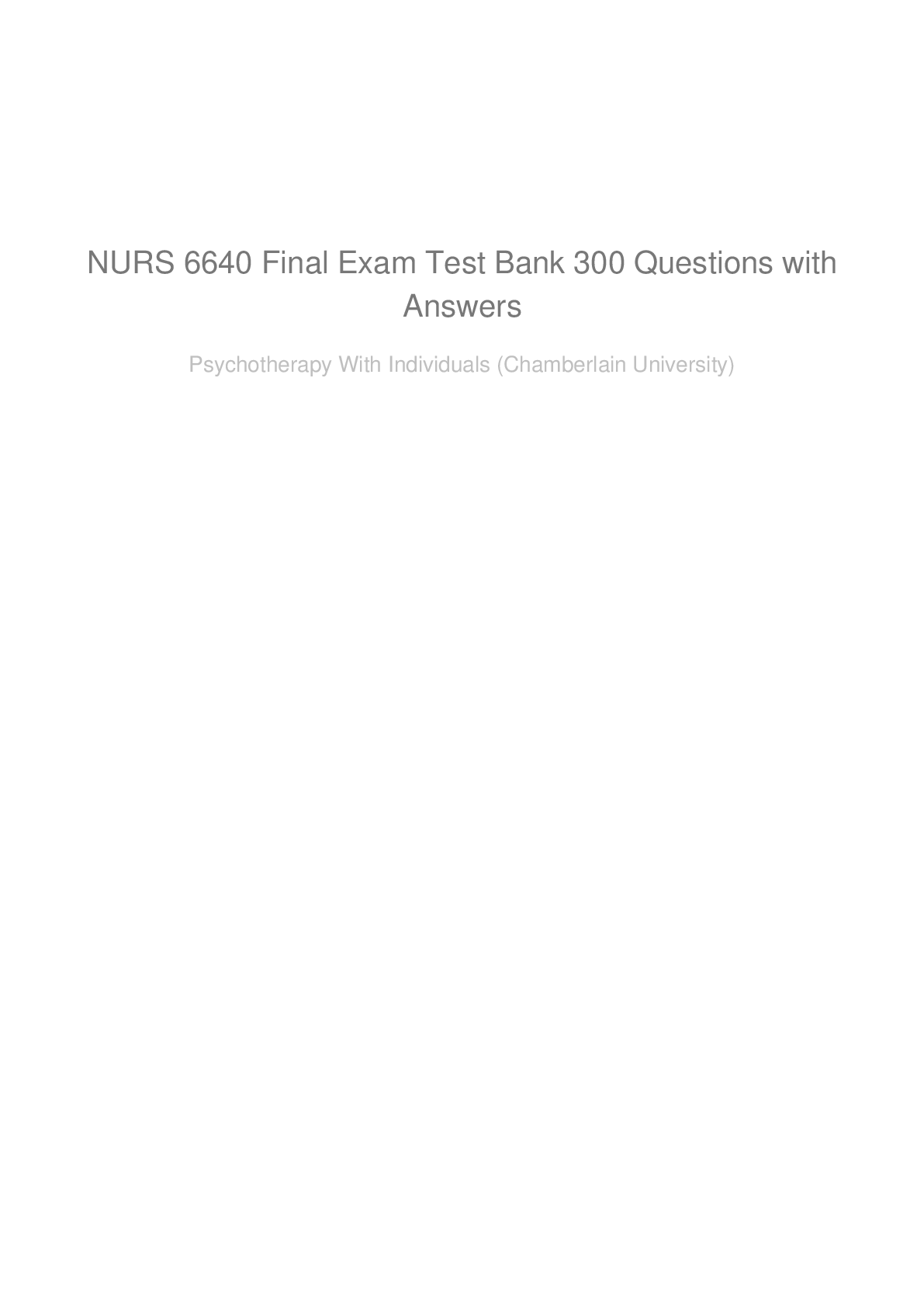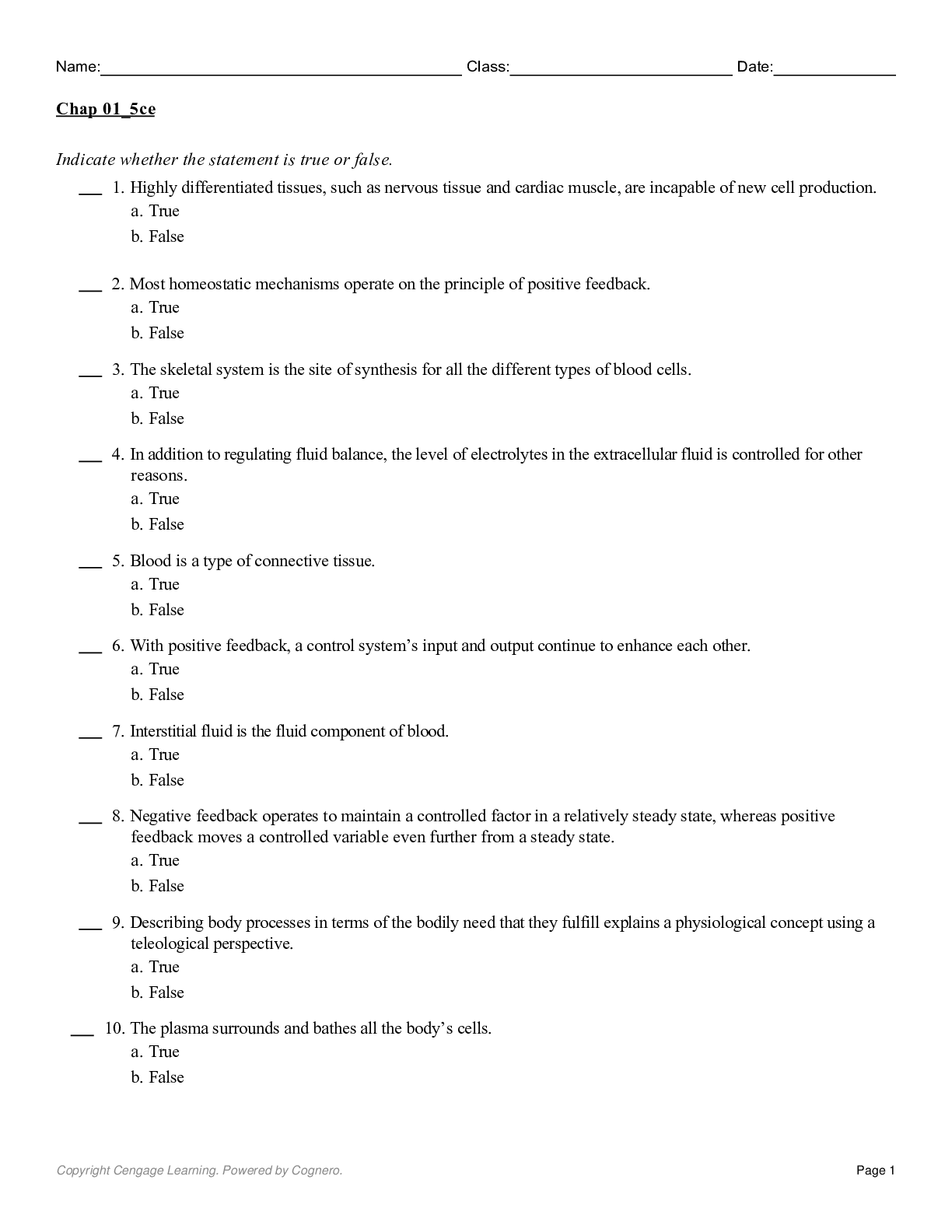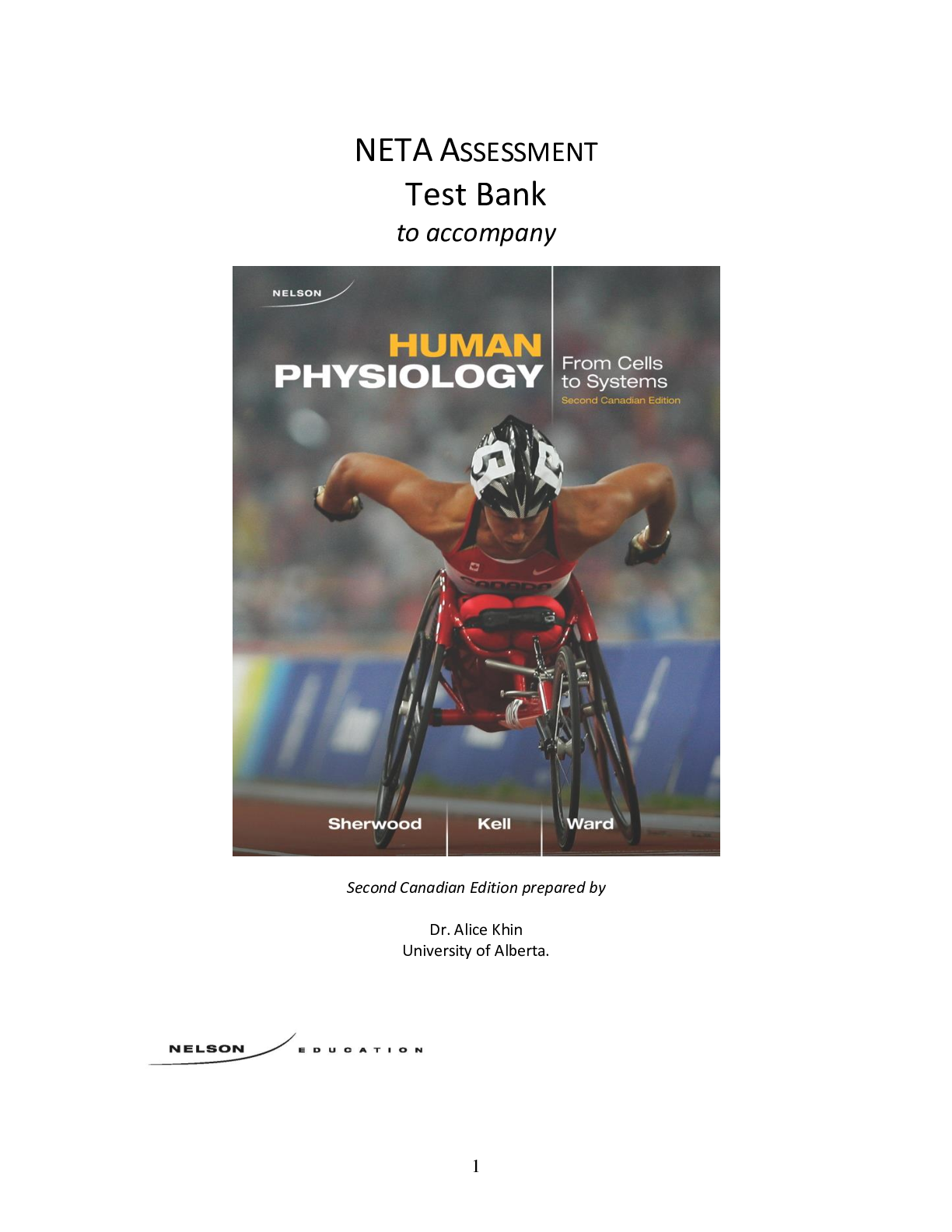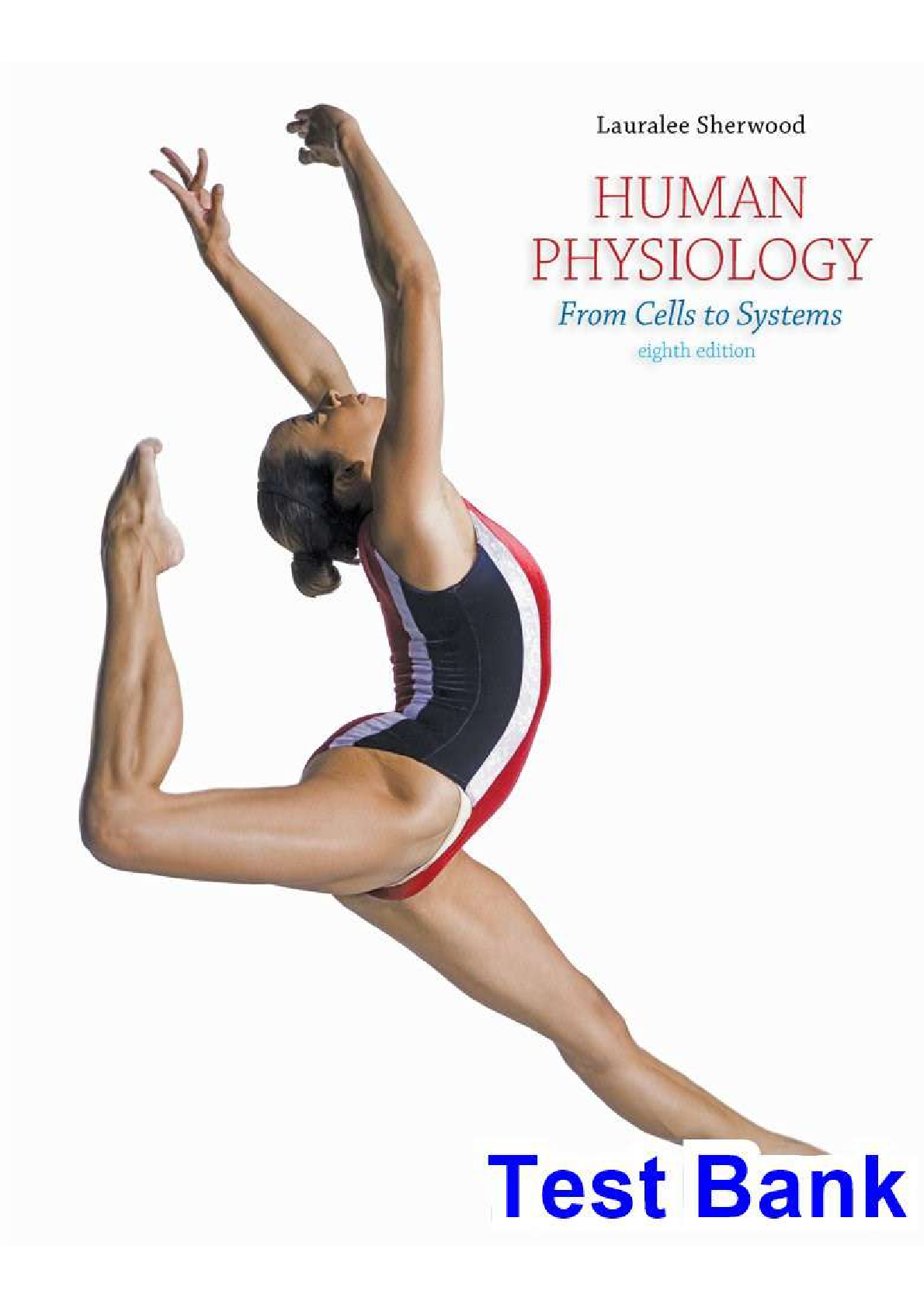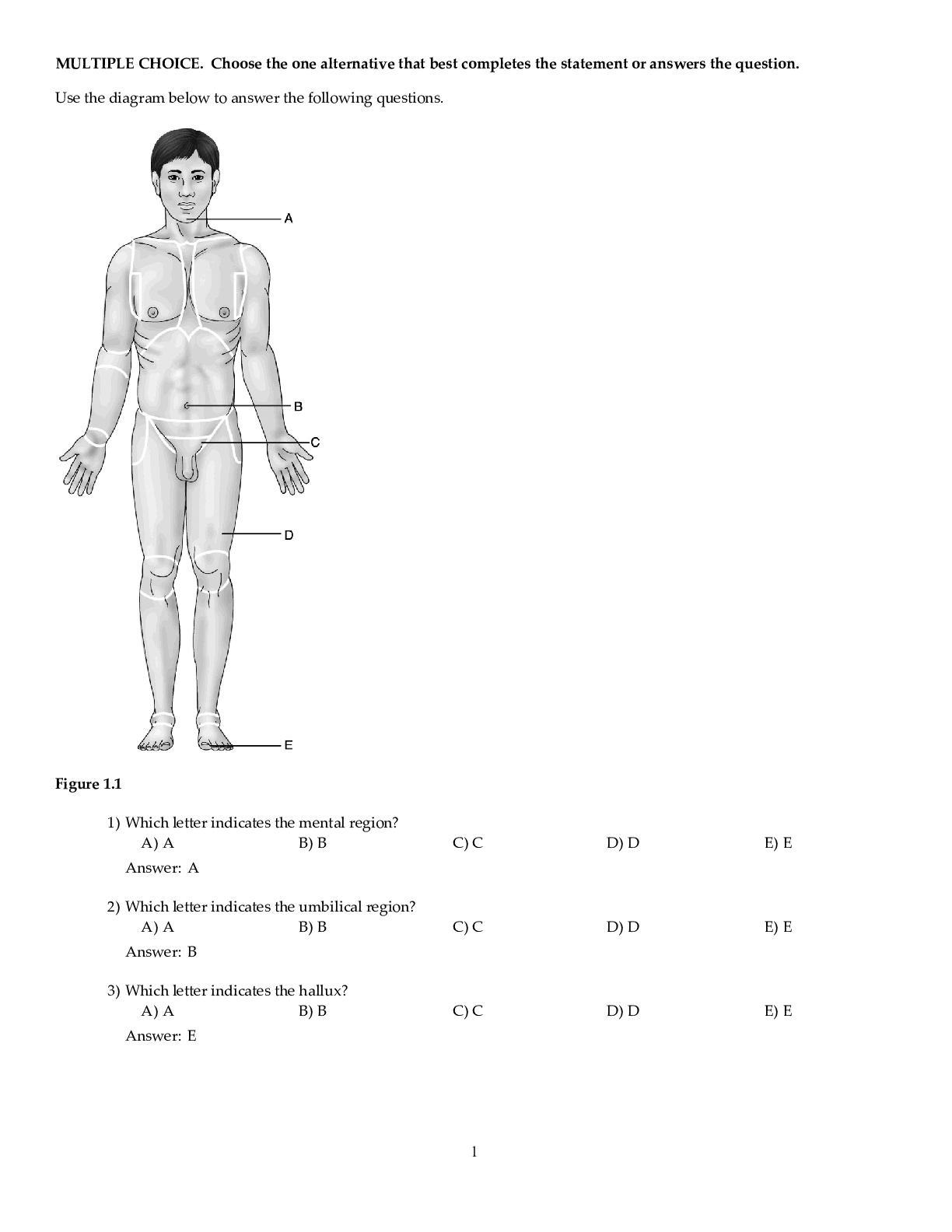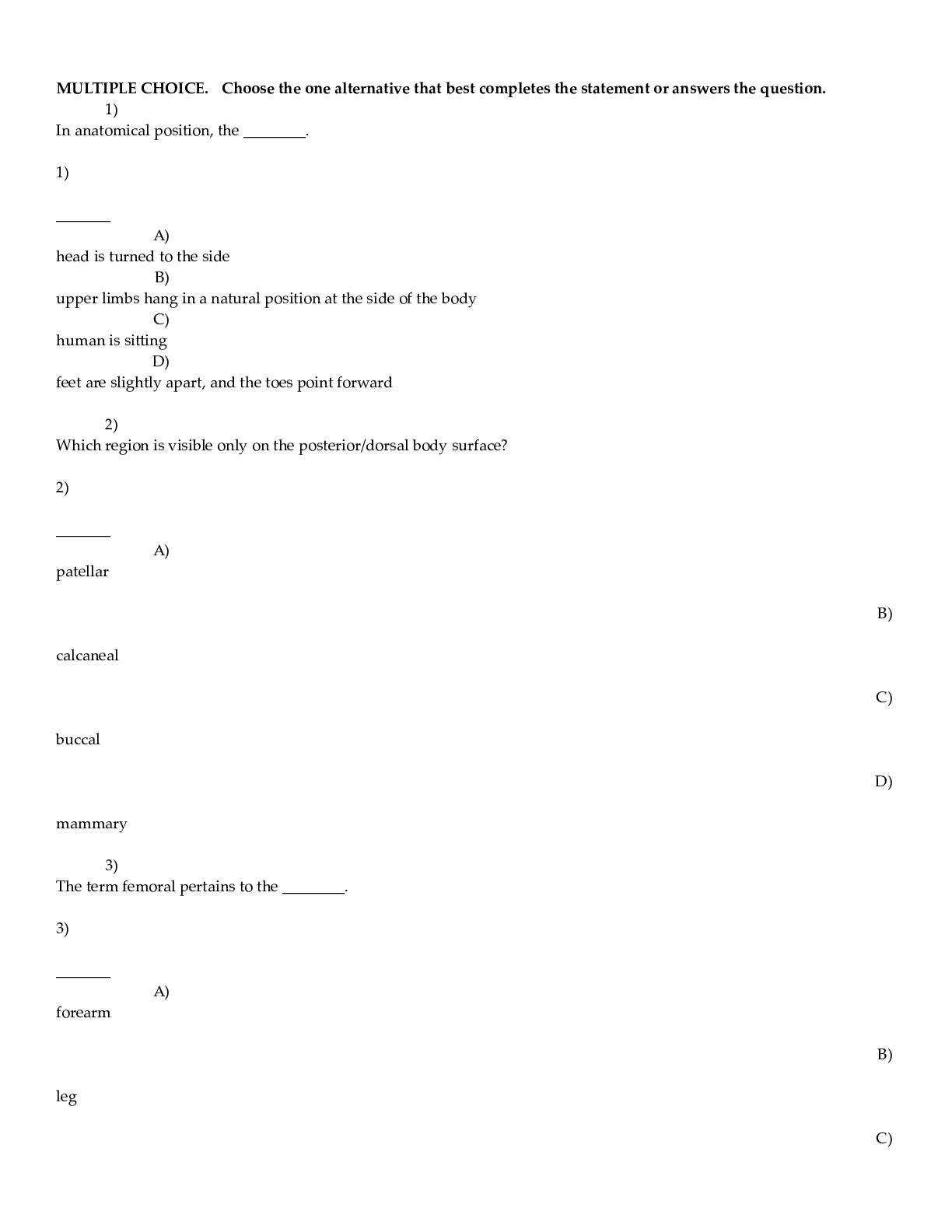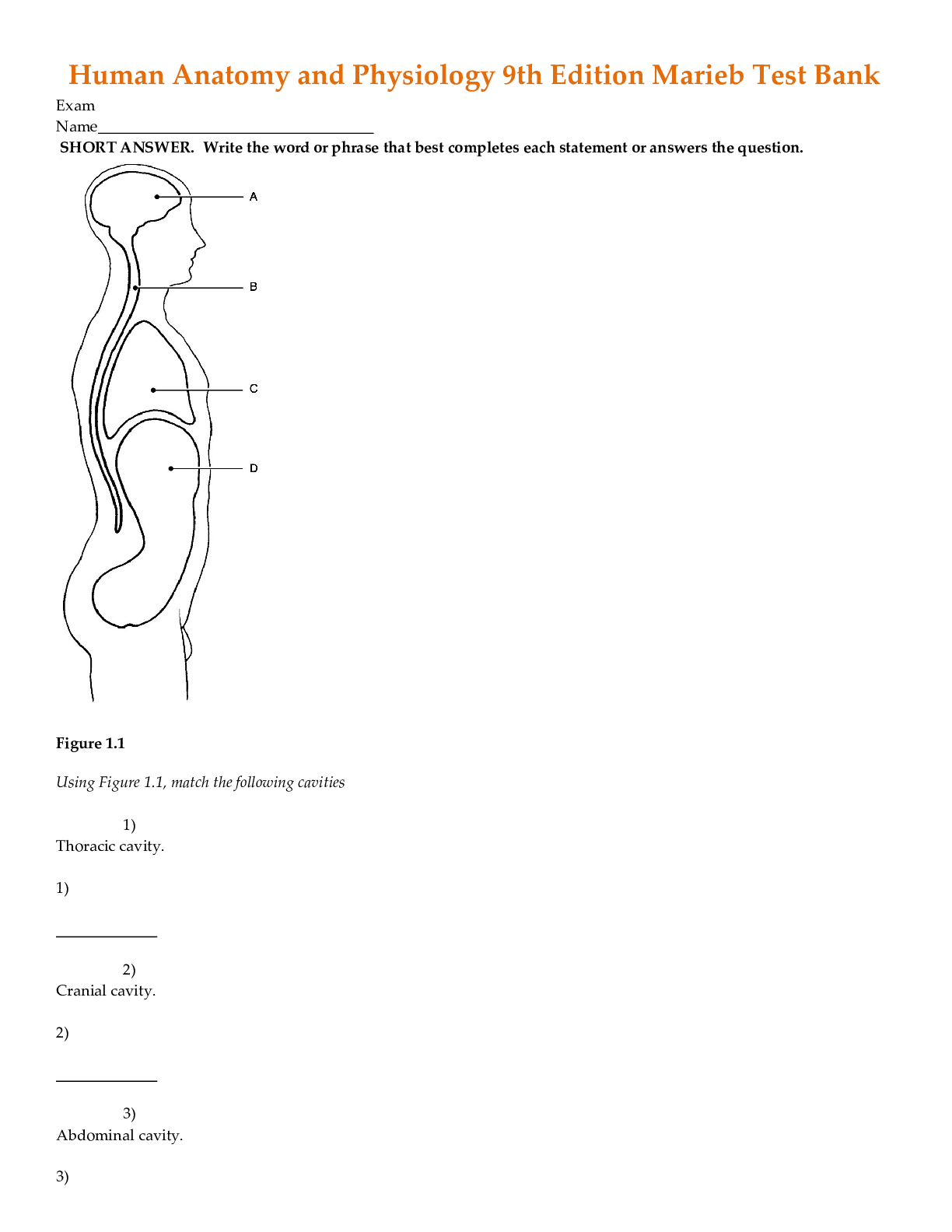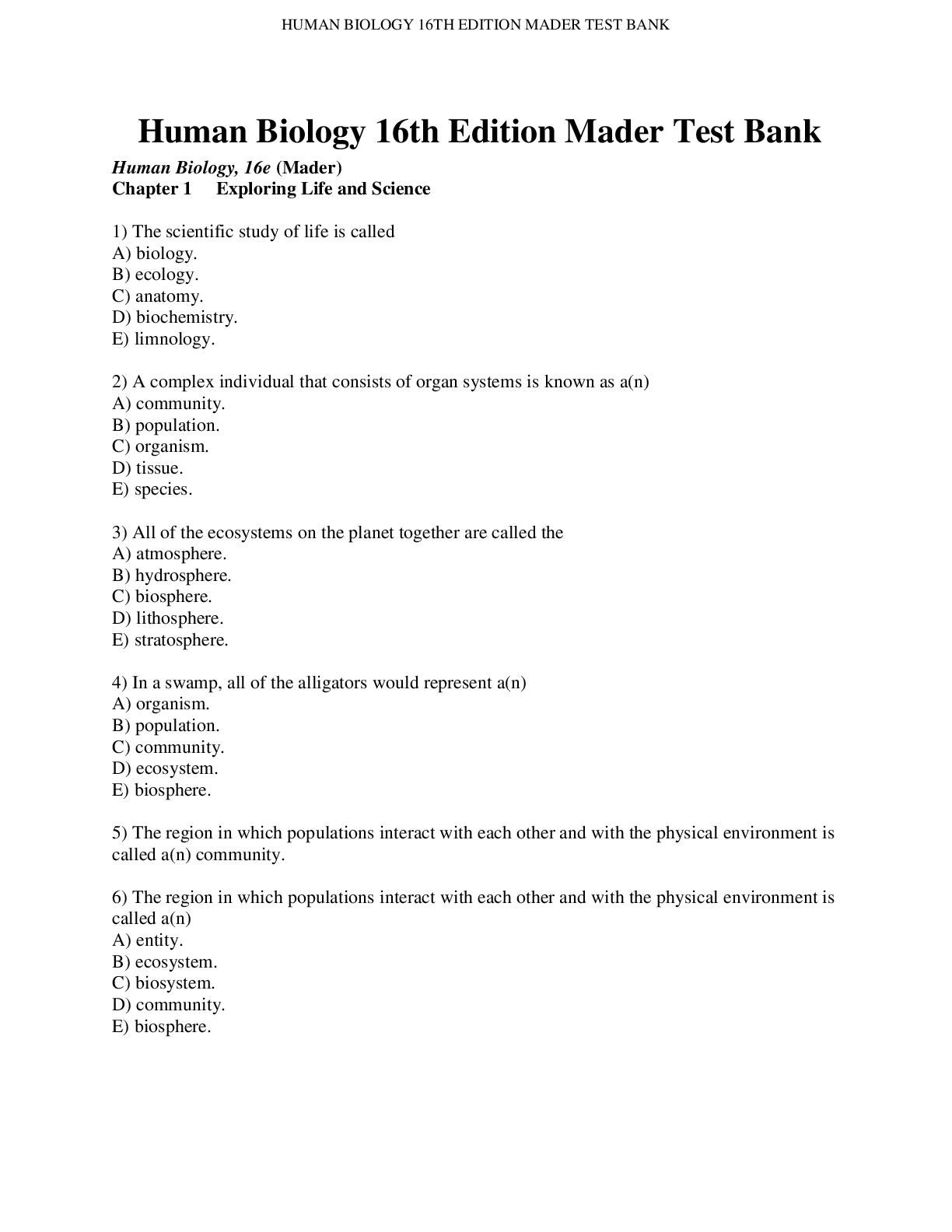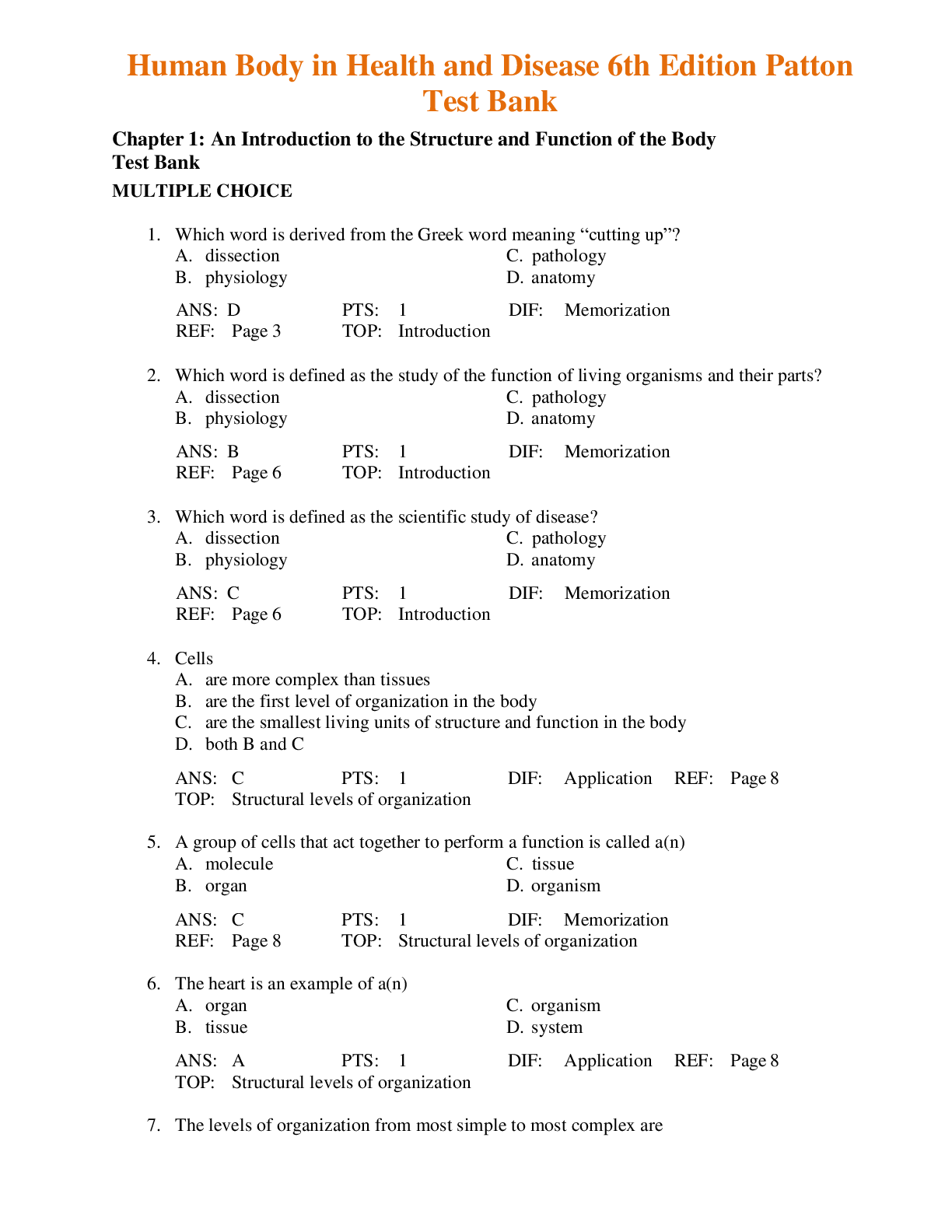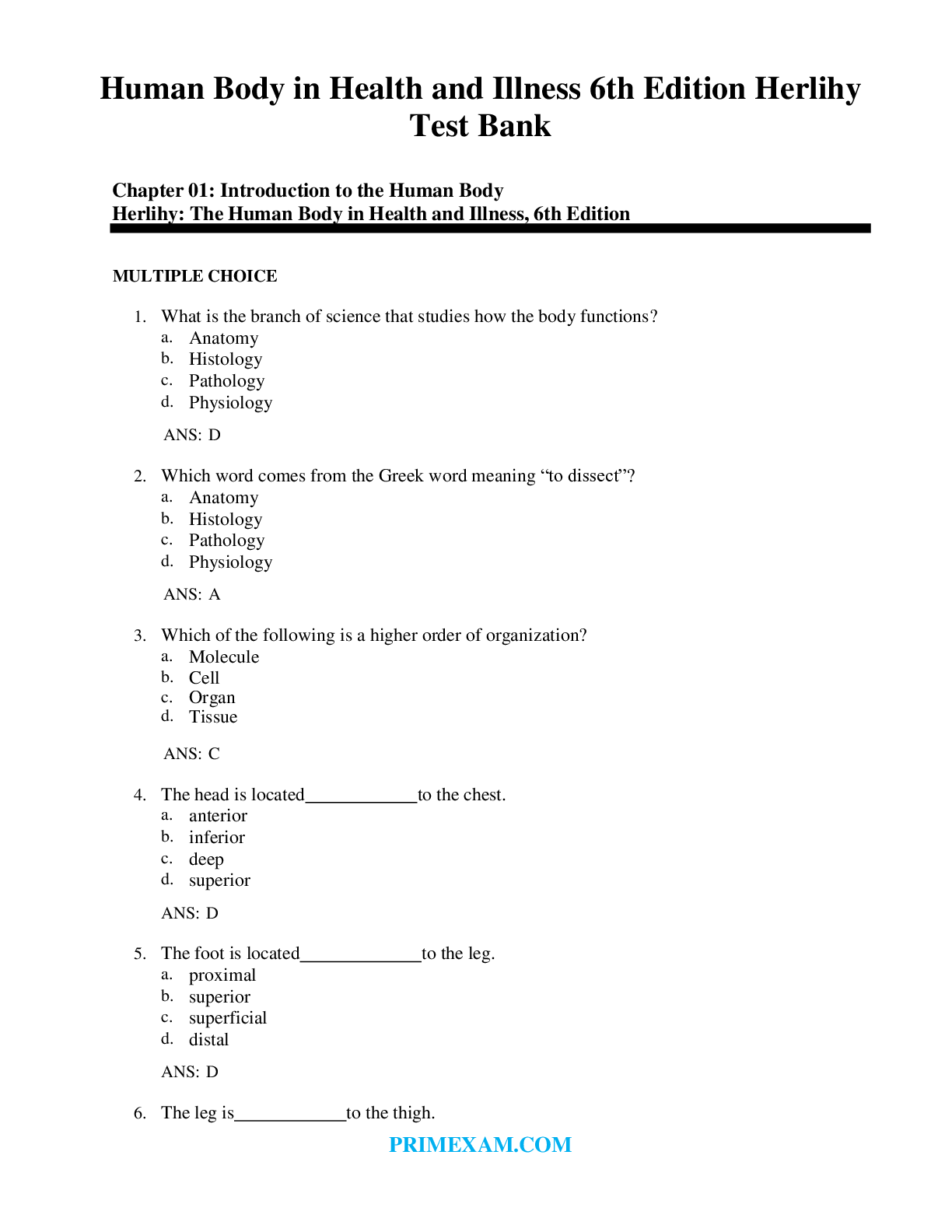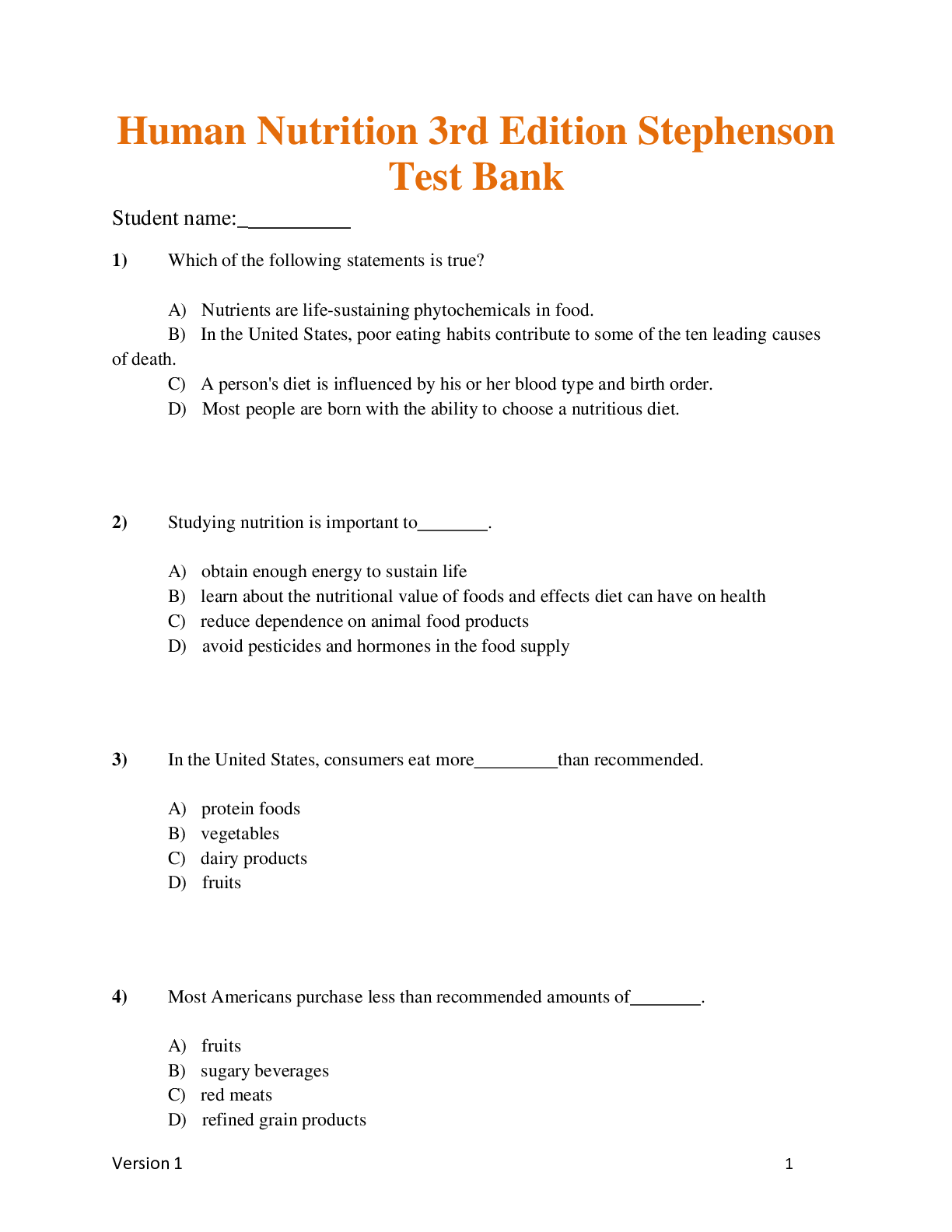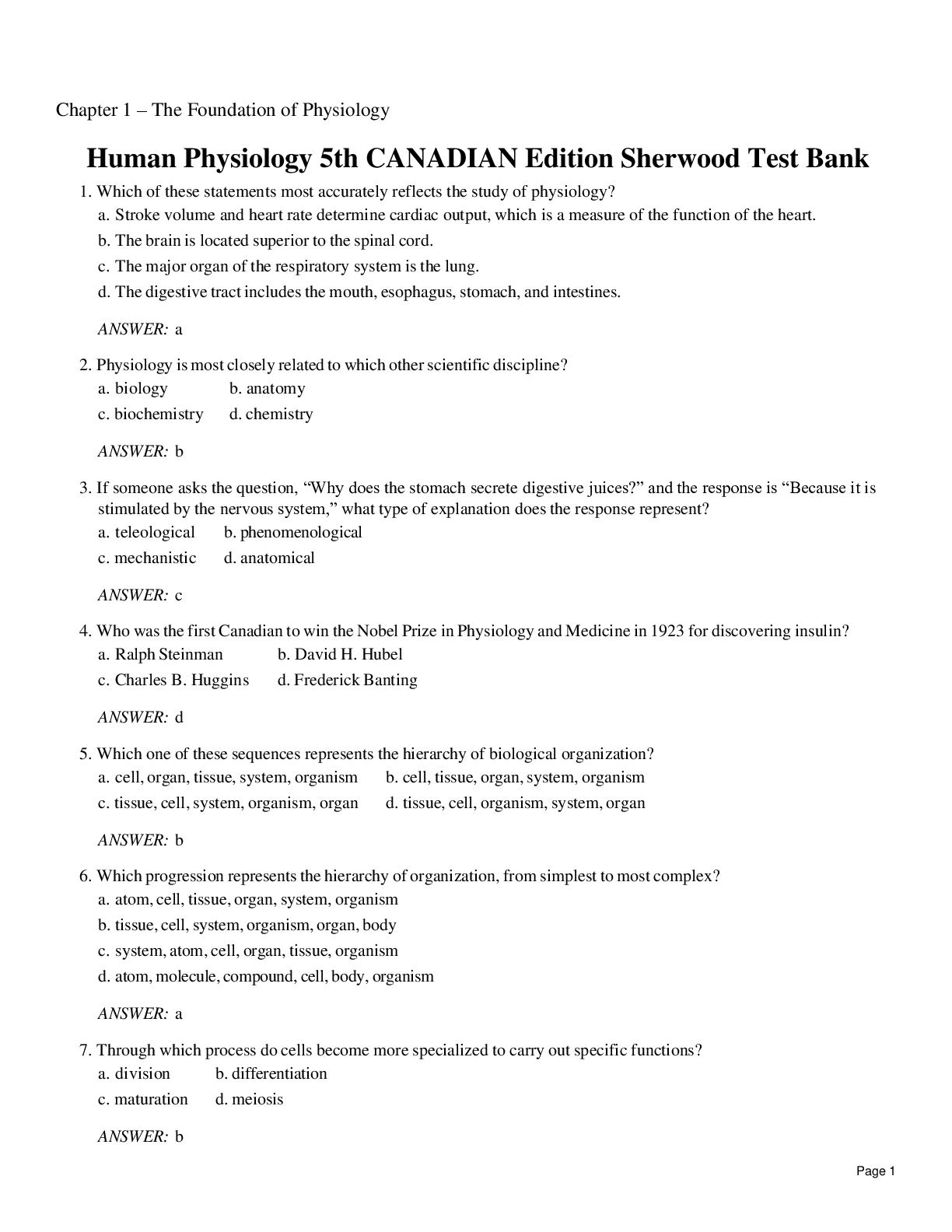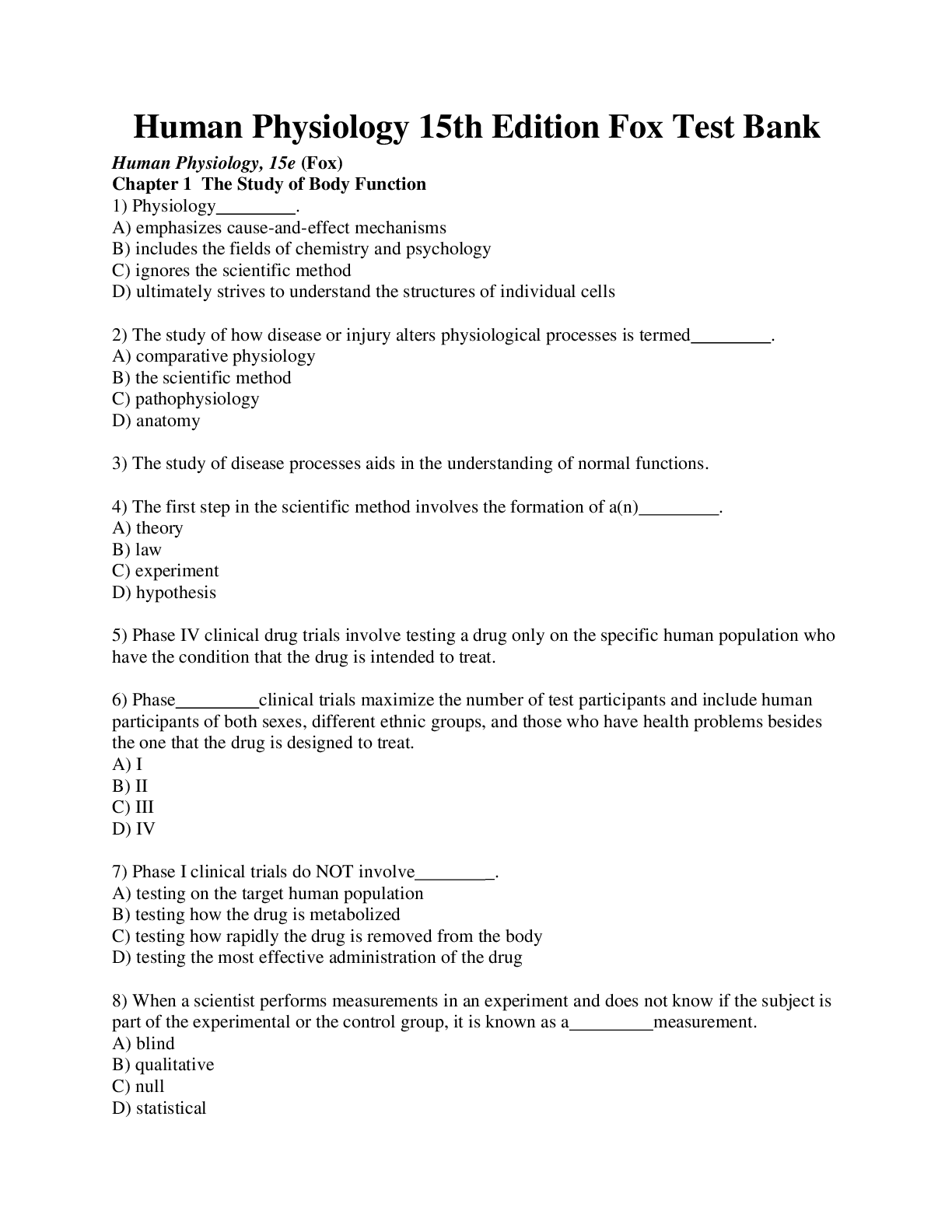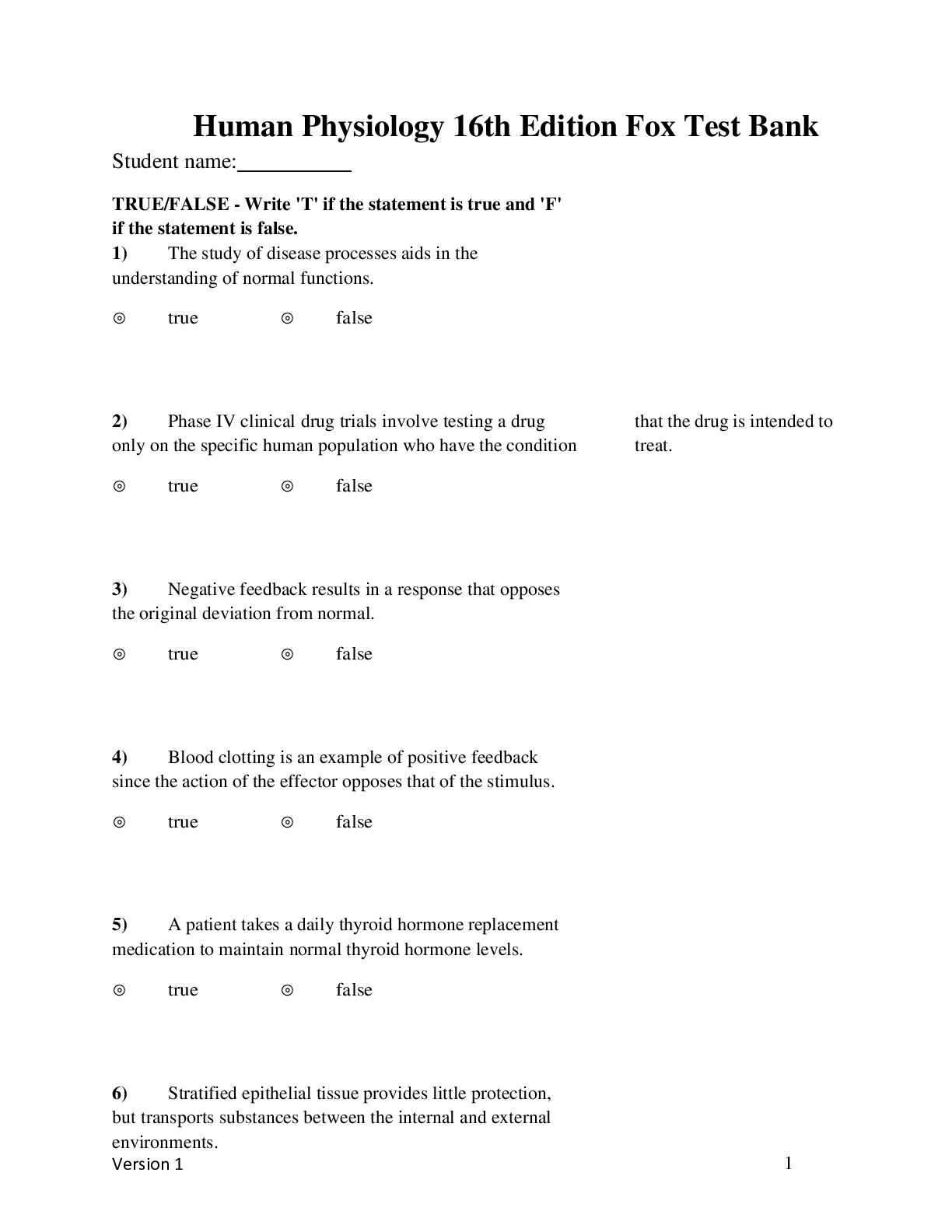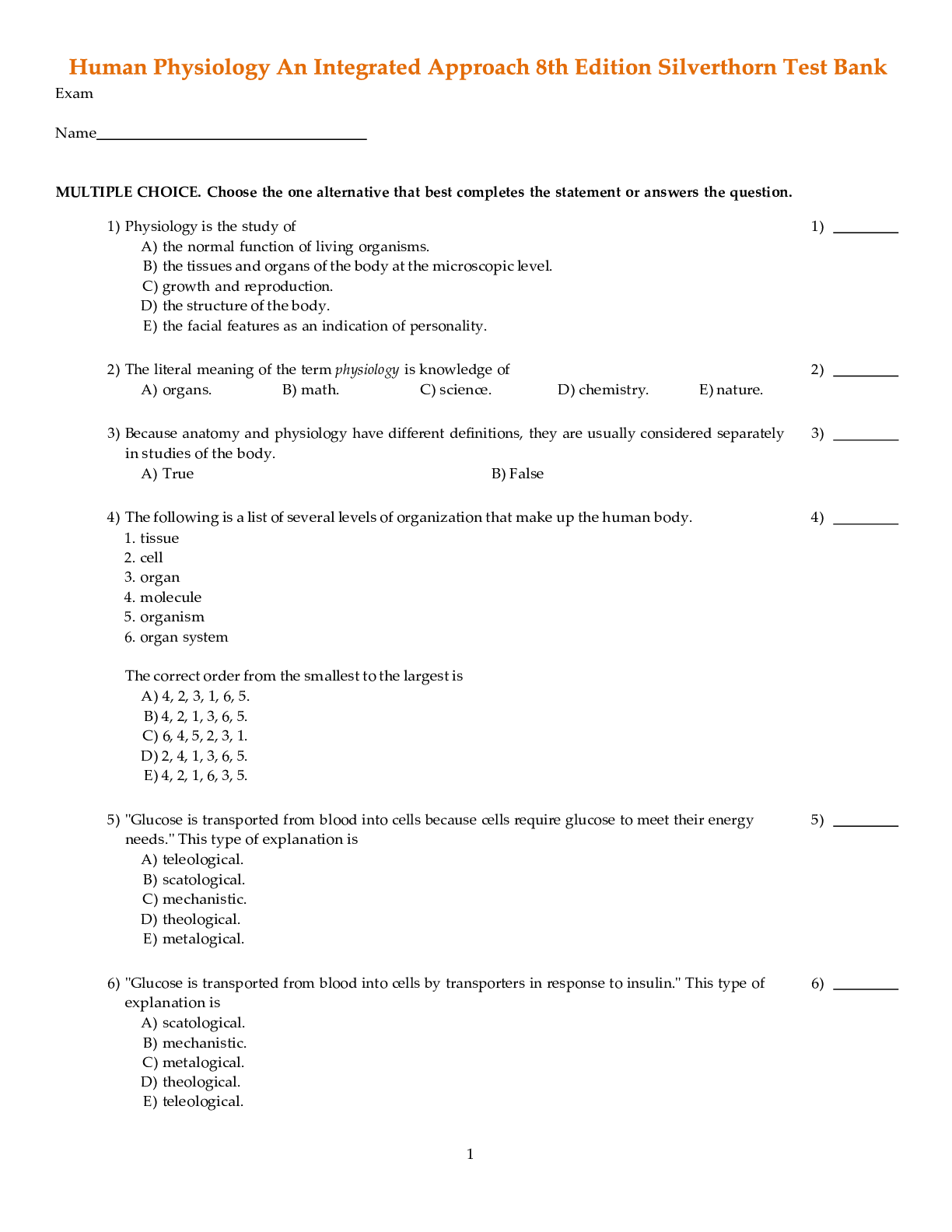Physiology > TEST BANK > Complete Test Bank For Human Physiology From Cells to Systems 8TH Edition! RATED A+ (All)
Complete Test Bank For Human Physiology From Cells to Systems 8TH Edition! RATED A+
Document Content and Description Below
Test Bank For Human Physiology From Cells to Systems 8TH Edition By Lauralee Sherwood | Complete All Chapters 1-17 | Latest 2023. Which of the following is/are a type of connective tissue? a. exocrine... glands b. bone c. blood d. both bone and blood. ANS: D PTS: 1 REF: 6 BLM: Remember 7 15. The hormone insulin enhances the transport of glucose (sugar) from the blood into most of the body’s cells. Its secretion is controlled by a negative-feedback system between the concentration of glucose in the blood and the insulin-secreting cells. Therefore, which of the following statements is correct? a. A decrease in blood glucose concentration stimulates insulin secretion, which in turn further lowers the blood glucose concentration. b. An increase in blood glucose concentration stimulates insulin secretion, which in turn lowers the blood glucose concentration. c. A decrease in blood glucose concentration stimulates insulin secretion, which in turn increases the blood glucose concentration. d. An increase in blood glucose concentration stimulates insulin secretion, which further increases the blood glucose concentration. ANS: B PTS: 1 REF: 16 BLM: Higher Order 16. Sweating is initiated in response to a rise in body temperature that occurs on exposure to a hot environment. Evaporation of the sweat cools the body. What kind of example is this? a. negative feedback b. positive feedback c. feedforward mechanism d. intrinsic (local) control mechanism ANS: A PTS: 1 REF: 16 BLM: Higher Order 17. What are the two systems concerned with the control of body functioning by extrinsic controls? a. nervous and respiratory b. nervous and endocrine c. endocrine and respiratory d. endocrine and lymphatic ANS: B PTS: 1 REF: 16 BLM: Higher Order 18. In which of the body systems is calcium mainly stored? a. endocrine system b. integumentary system c. muscular system d. skeletal system ANS: D PTS: 1 REF: 12 BLM: Remember 19. Which statements regarding stem cells is correct? a. They are well differentiated embryonic cells. b. They may reproduce just one time. c. Their daughter cells may differentiate into a number of different specialized cell types. d. They cannot be readily grown. ANS: C PTS: 1 REF: 10 BLM: Remember 8 20. Platelets, which have negatively charged cell membranes, adhere to the positively charged surface of a torn blood vessel. As they do so, they release substances that attract more platelets to the damaged area and change the charge on their cell membranes to positive. More platelets adhere to the damaged area. The cycle repeats until the damaged area is sealed. What sort of feedback loop is formed? a. This is a positive feedback loop because the response reinforces the initial change. b. This is a negative feedback loop because the response opposes the initial stimulus. c. This is a negative feedback loop because having too many platelets in one area blocks blood flow. d. This is a positive feedback loop because the response prevents a person from hemorrhaging to death. ANS: A PTS: 1 REF: 16 BLM: Higher Order 21. In a negative feedback loop, which component produces a response that changes a controlled condition? a. receptor b. control centre c. effector d. set point ANS: C PTS: 1 REF: 16 BLM: Remember 22. Which statement does NOT describe the study of physiology? a. identifying the location of the stomach and how it is related to the location of pancreas b. describing the factors that affect cardiac output c. describing the process by which nerve impulses are transmitted d. explaining how the hormone thyroxin is synthesized in the thyroid glands ANS: A PTS: 1 REF: 3 BLM: Higher order TRUE/FALSE 1. Cells eliminate carbon dioxide as a waste product. ANS: T PTS: 1 2. All cells are capable of reproducing. ANS: F PTS: 1 9 3. Highly differentiated tissues such as nervous and cardiac muscle are incapable of new cell production. ANS: F PTS: 1 4. Enzymes are carbohydrates. ANS: F PTS: 1 5. A mechanistic explanation of why a person breathes is to obtain oxygen. ANS: F PTS: 1 6. A mechanistic explanation of why a person sweats is to cool off. ANS: F PTS: 1 7. Tissues are composed of two or more types of cells organized to perform a particular function or functions. ANS: F PTS: 1 8. Muscle cells produce movement by expanding. ANS: F PTS: 1 9. Blood is a type of connective tissue. ANS: T PTS: 1 10. Glands are formed during embryonic development by pockets of epithelial tissue that dip inward from the surface. ANS: T PTS: 1 11. Endocrine glands secrete hormones through ducts into the blood. [Show More]
Last updated: 1 week ago
Preview 1 out of 345 pages

Reviews( 0 )
Document information
Connected school, study & course
About the document
Uploaded On
Apr 25, 2024
Number of pages
345
Written in
Additional information
This document has been written for:
Uploaded
Apr 25, 2024
Downloads
0
Views
6



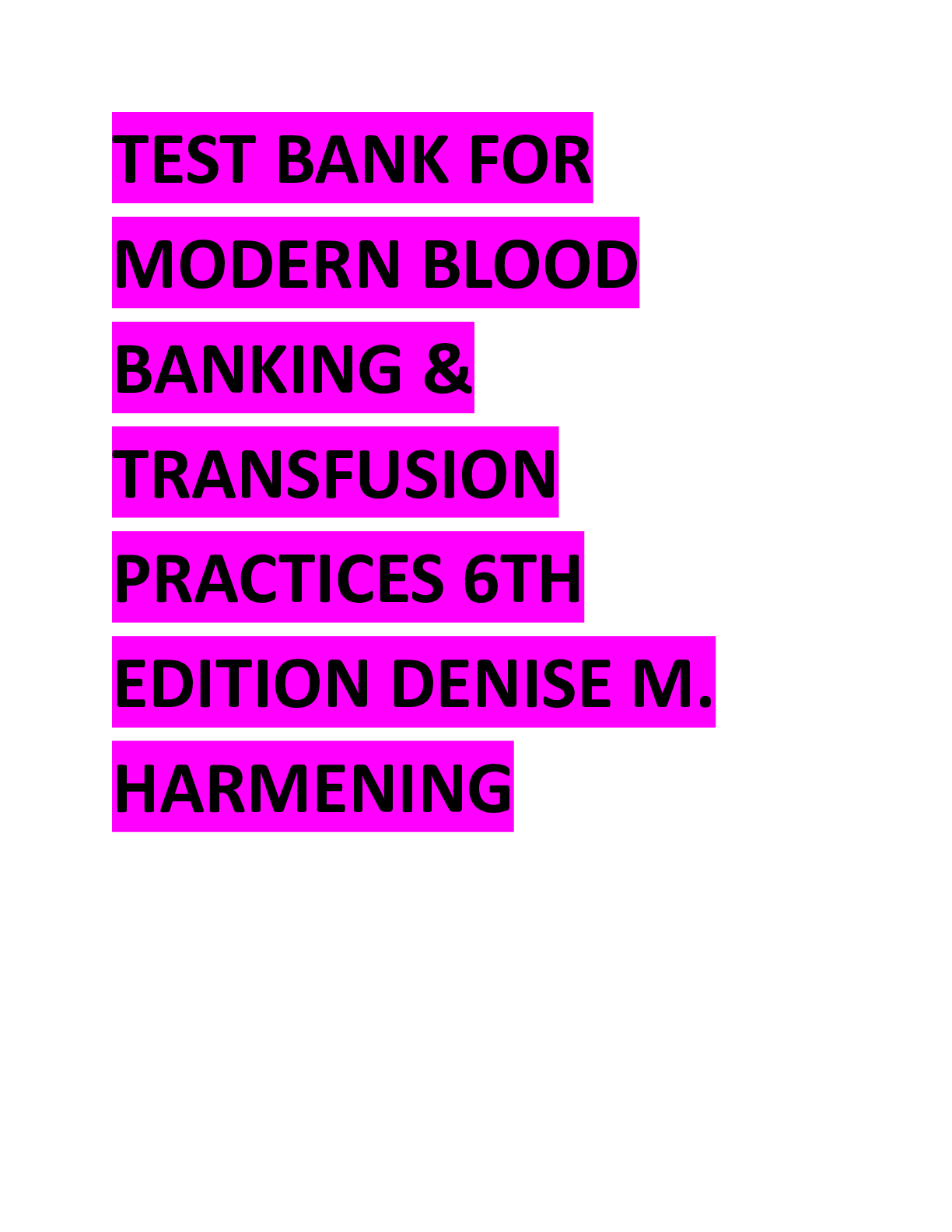
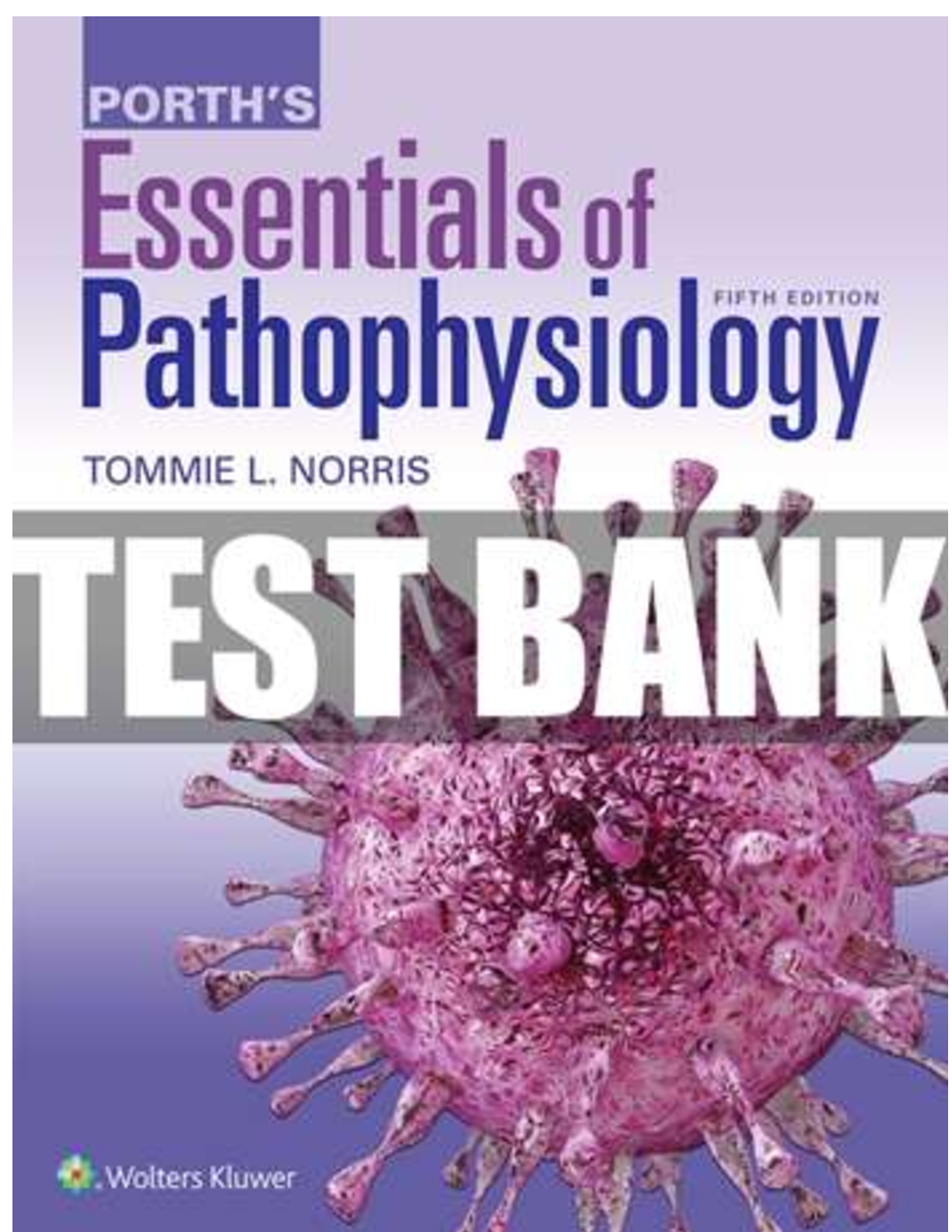
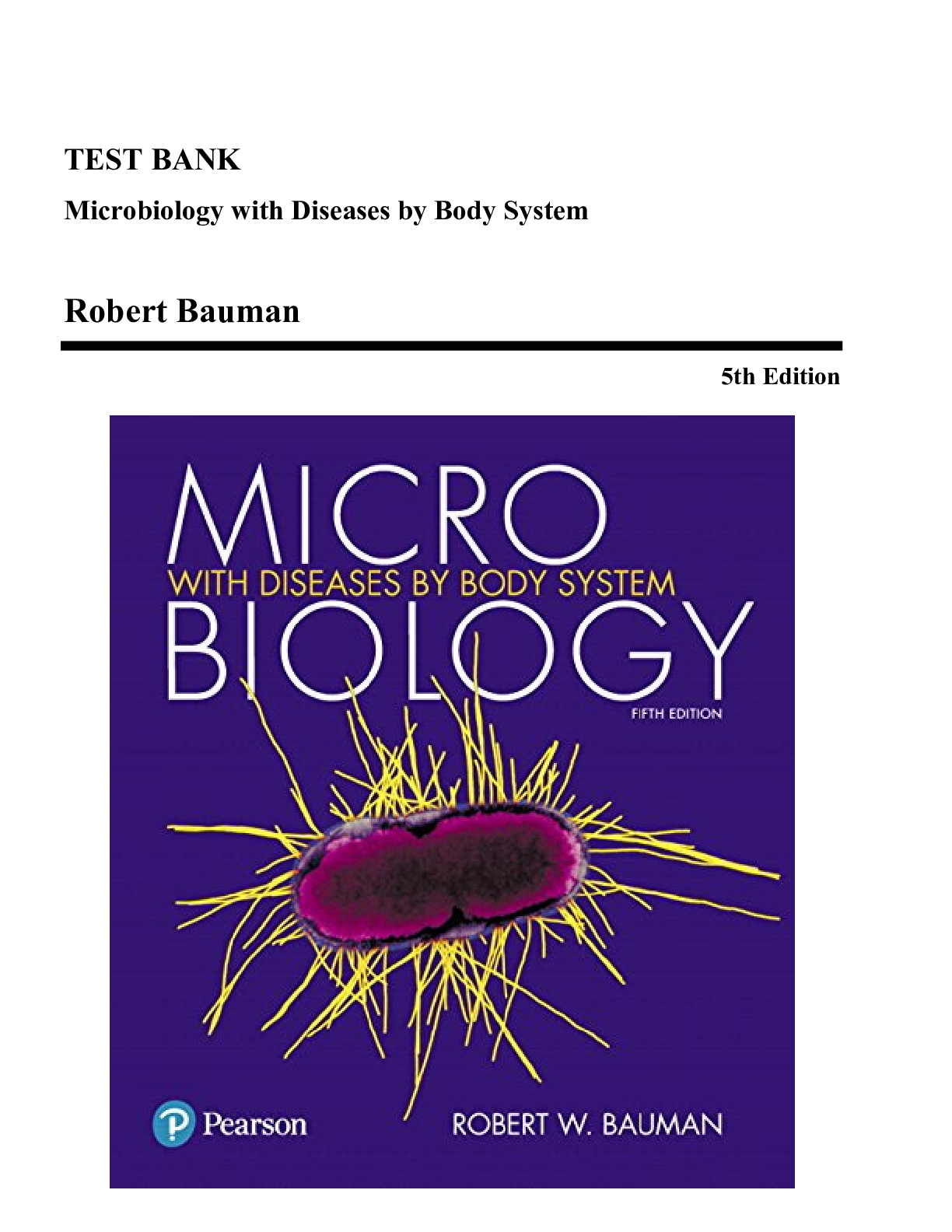

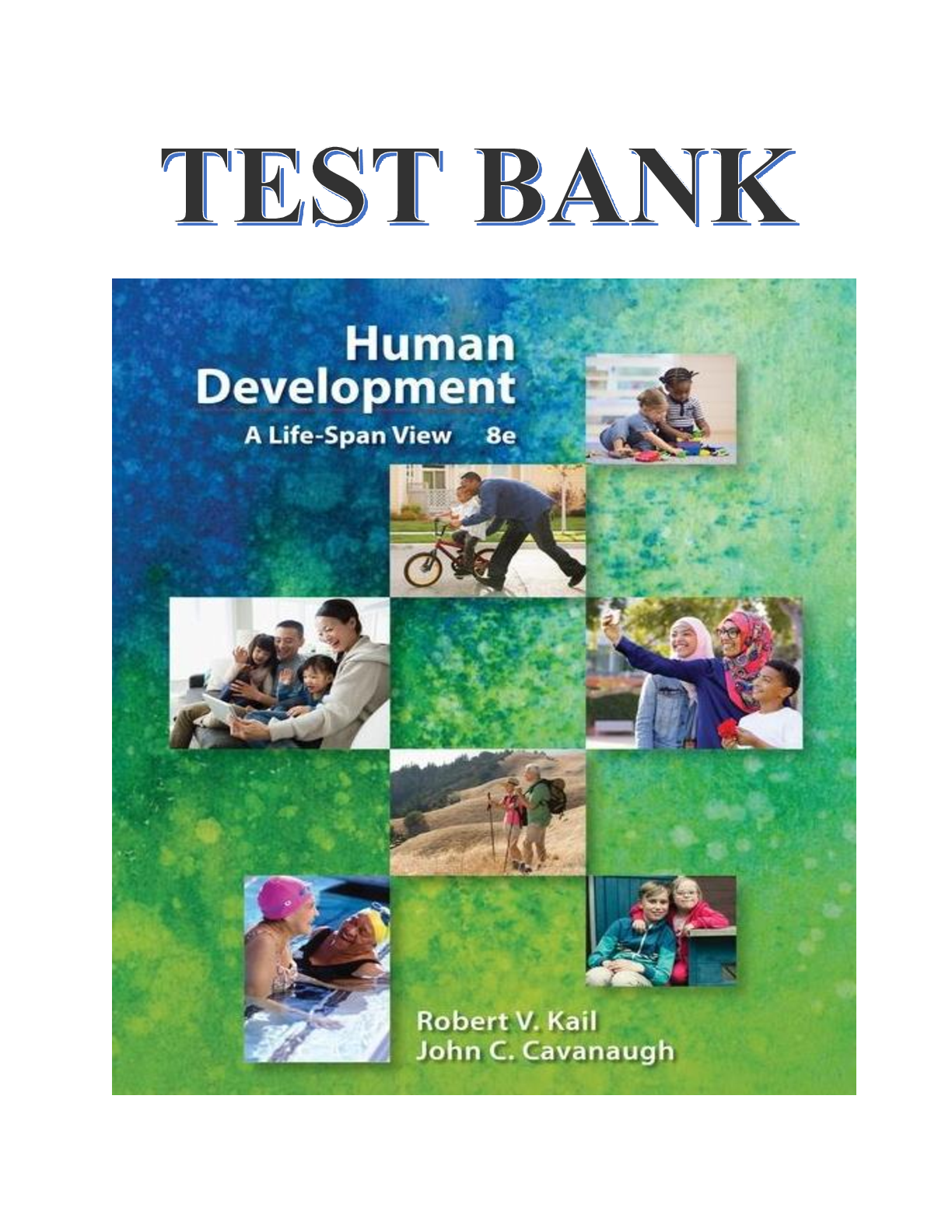
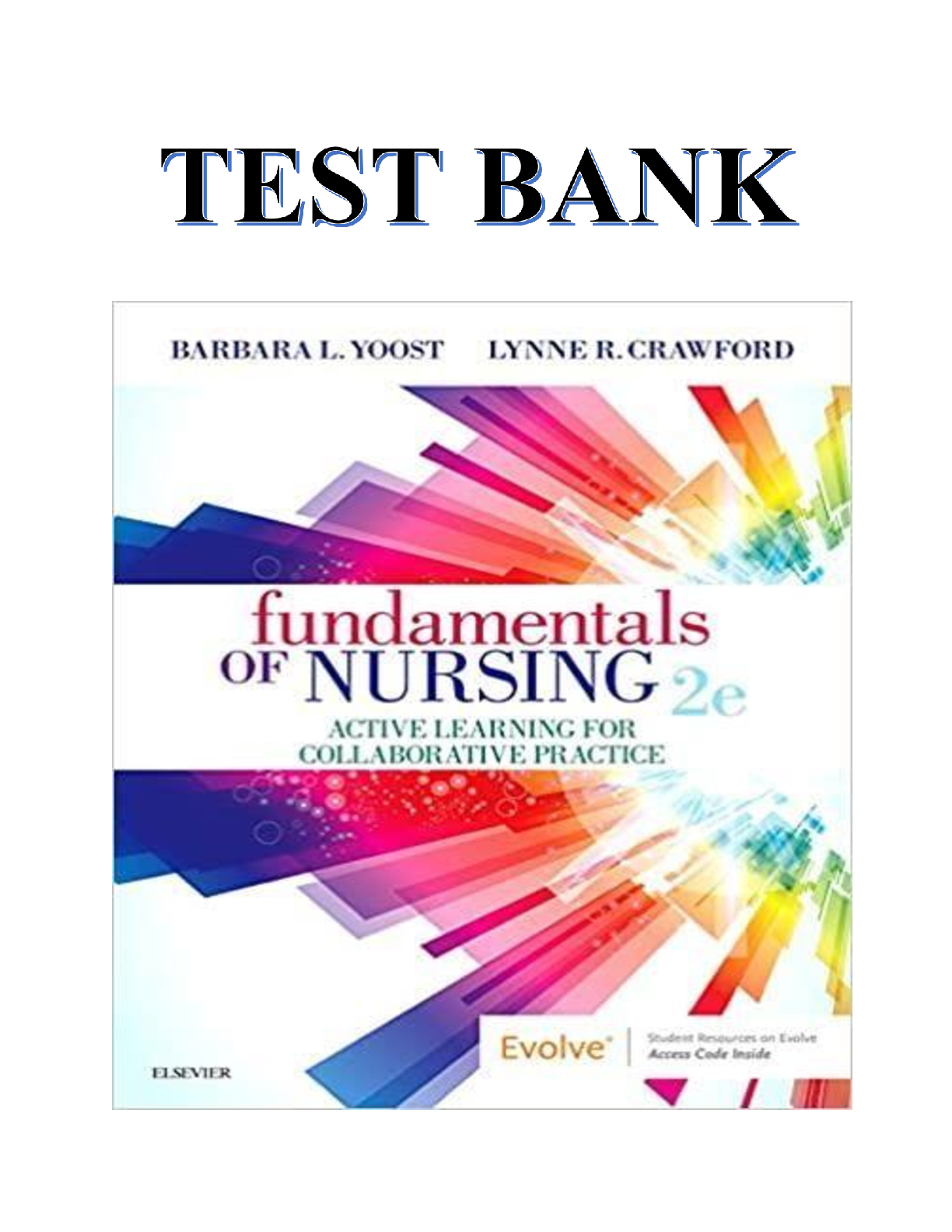
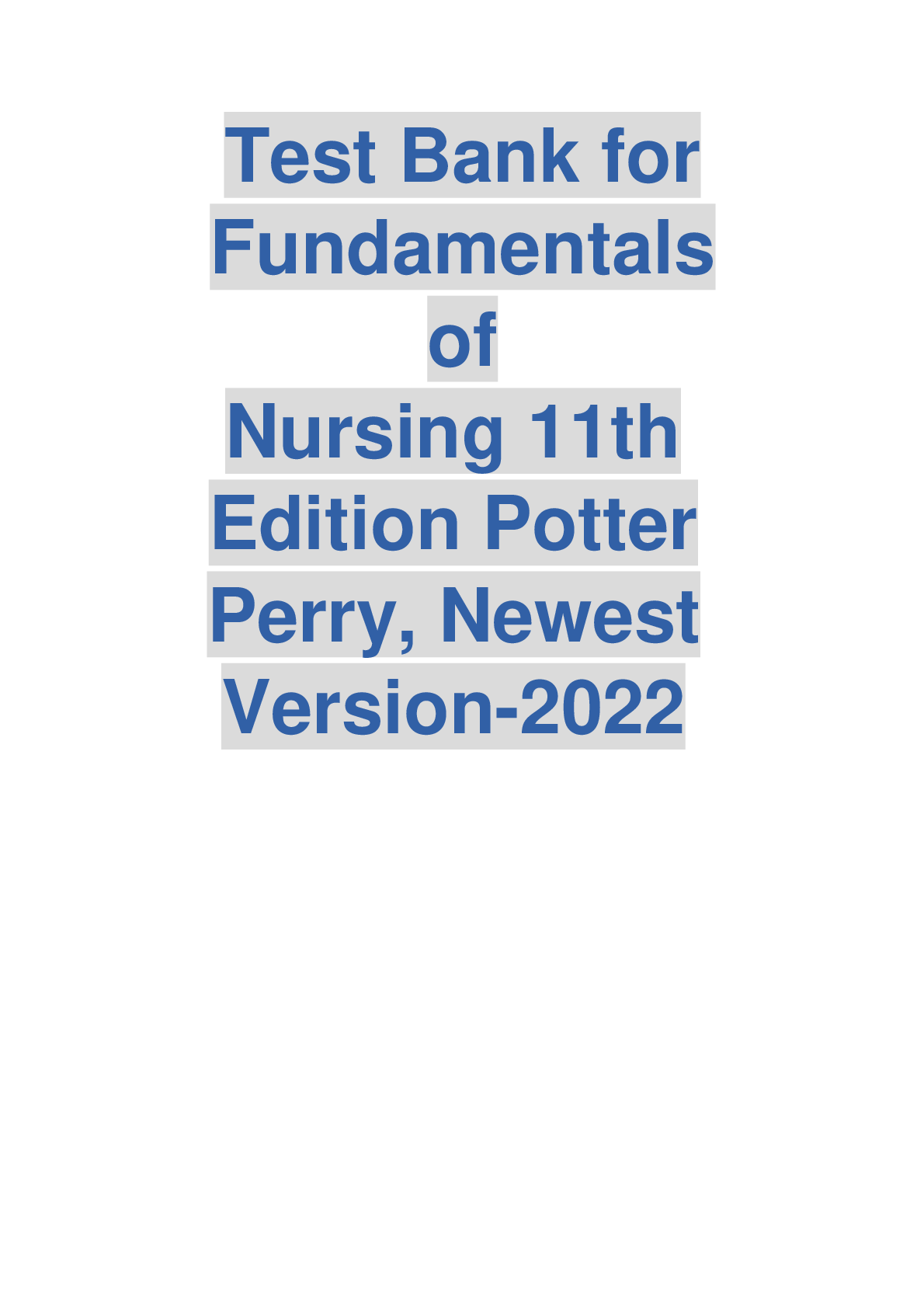
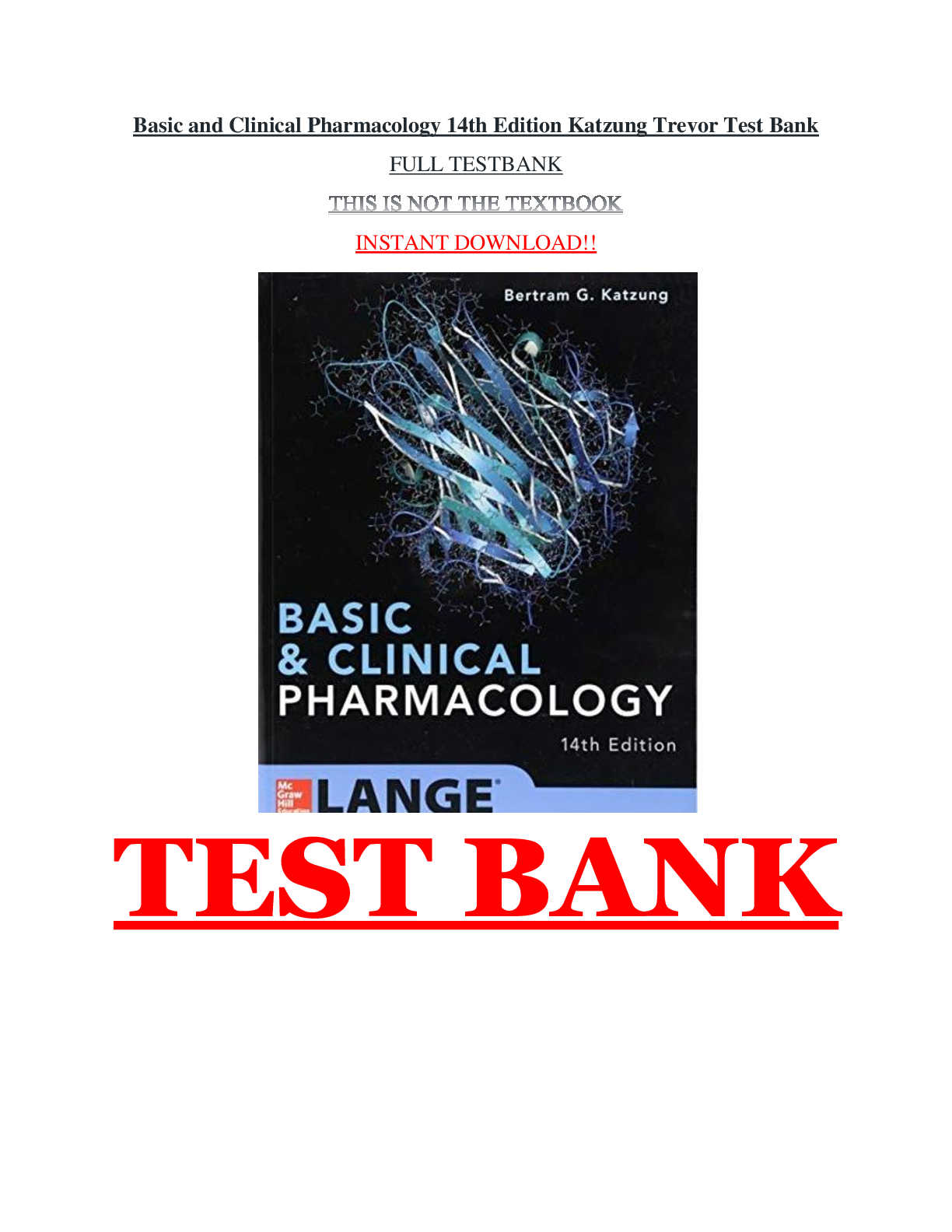
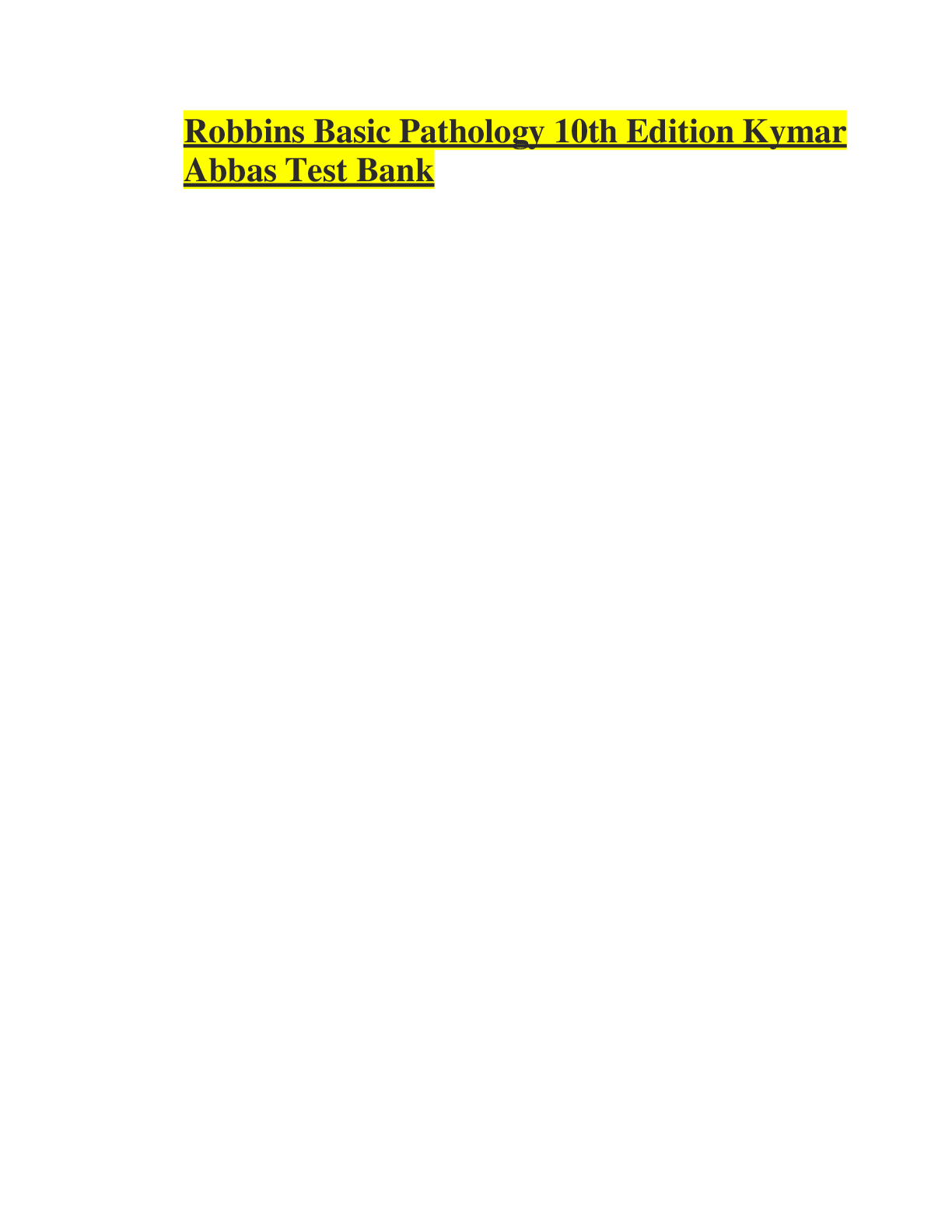


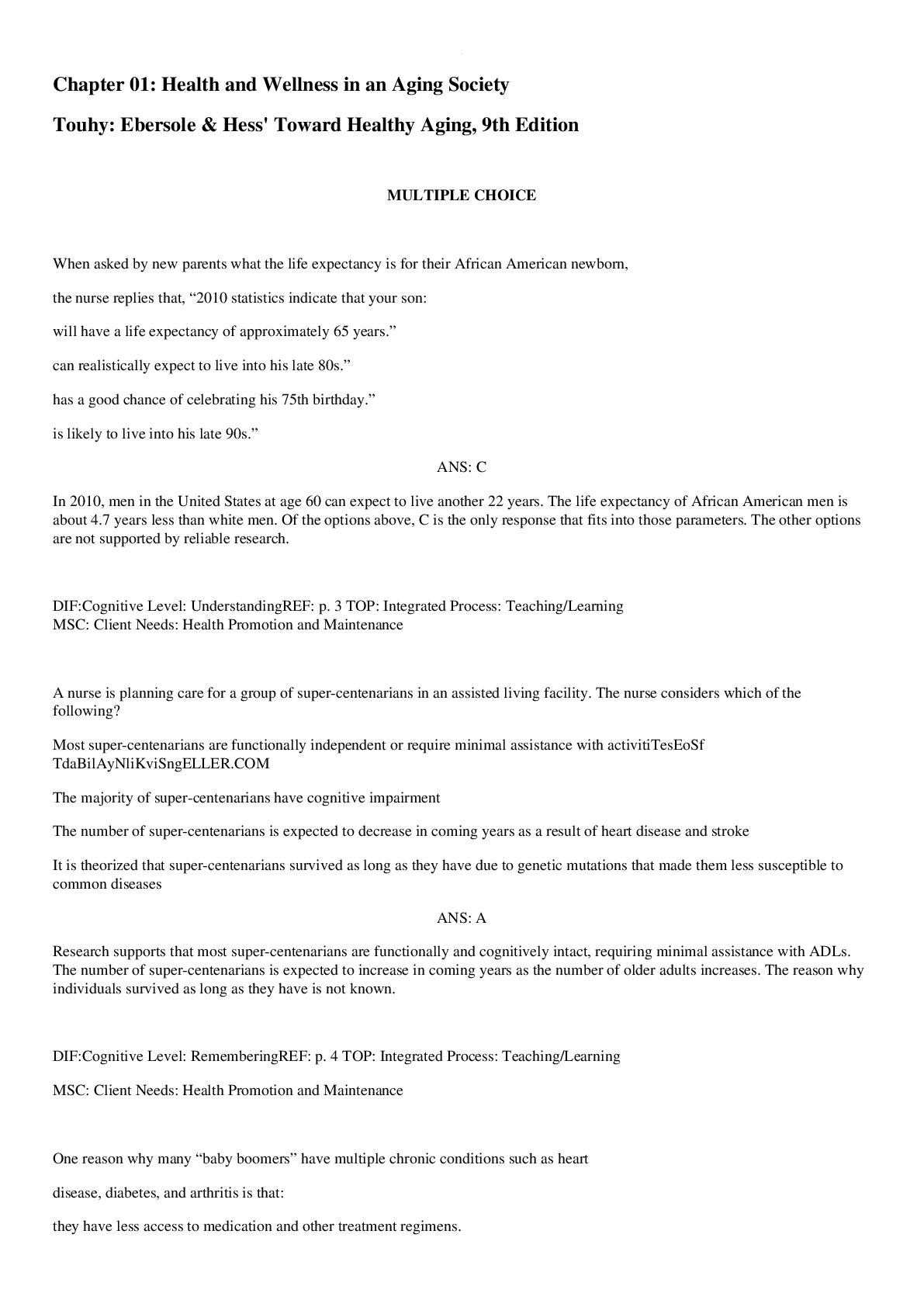
.png)
